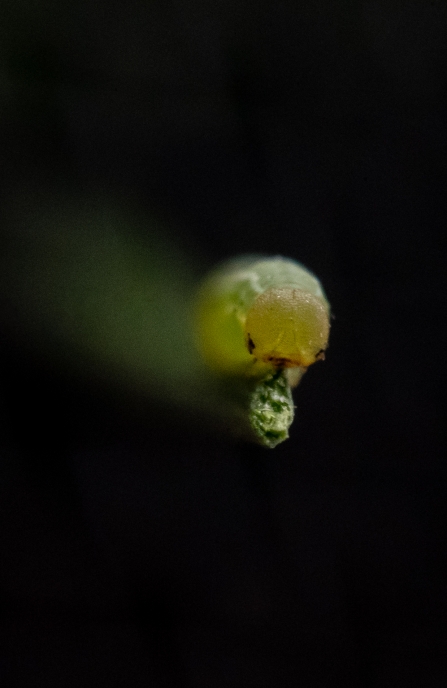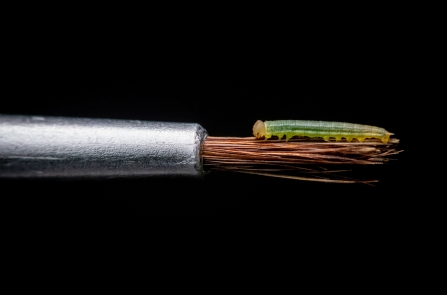The Chester Zoo butterfly team is working in partnership with us to raise these caterpillars to help prevent their extinction.
Each member of the army of freshly hatched large heath caterpillars are currently only a couple of millimetres long. Conservationists at the zoo have been using fine art paintbrushes to move the miniscule species into their specially designed habitats at the zoo. These paintbrushes allow the zoo’s invertebrate keepers to be precise and delicate when handling the precious insects.
After plenty of eating and growth, these tiny youngsters will hibernate over the winter and pupate next year, emerging in the summer as large heath butterflies. These adults will be the first to return to areas that their species once called home: Astley Moss in Greater Manchester and Risley Moss in Warrington.


